Why Survival Skills are Important
Posted by Cici Tim on Oct 14th 2022
Living in the city has a lot of benefits, but it can also make us lose touch with the things that have helped us survive and thrive for centuries.
From surviving natural calamities like earthquakes, and volcanic eruptions to wars and massacres, we've learned that humanity always survives, and survival instinct is ingrained in our blood. Being in touch with that instinct and nurturing it with practice and modern technology will make you capable of facing the toughest challenges.
Survival and survival training are terms that have attracted millions and have been idealized by Hollywood for decades. However, the depiction in movies is to engage the audience and is far from reality. Following the common survival themes, the actions and methods depicted in movies are sometimes far-fetched and distant from real-world scenarios, which could lead to grave injuries or even death in the event of a crisis. While many of our readers might think that they have it all figured out and have a mental diagram of what they'd do when faced with a critical situation. You would be surprised to know that natural disasters claim over 45,000 lives per year globally, but this can be decreased with knowledge of survival basics and appropriate training.
We have compiled a few important things to keep in mind when being forced into survival mode. This basic knowledge can help you navigate survival in any situation, whether surviving in a forest while camping or surviving in the event of a natural calamity. We've got you covered.
Assess the situation and reconcile:
The state of mind is a powerful thing. You might not think much of it, but it plays a significant role in surviving. If something goes awry, the first thing that you need to do is to sit down, take a deep breath and evaluate. Look around to see the extent of damage, available tools, food, and water. Hear and look for survivors or other people that might need help or can help you. Try to make sense of what has happened and come to terms with it.
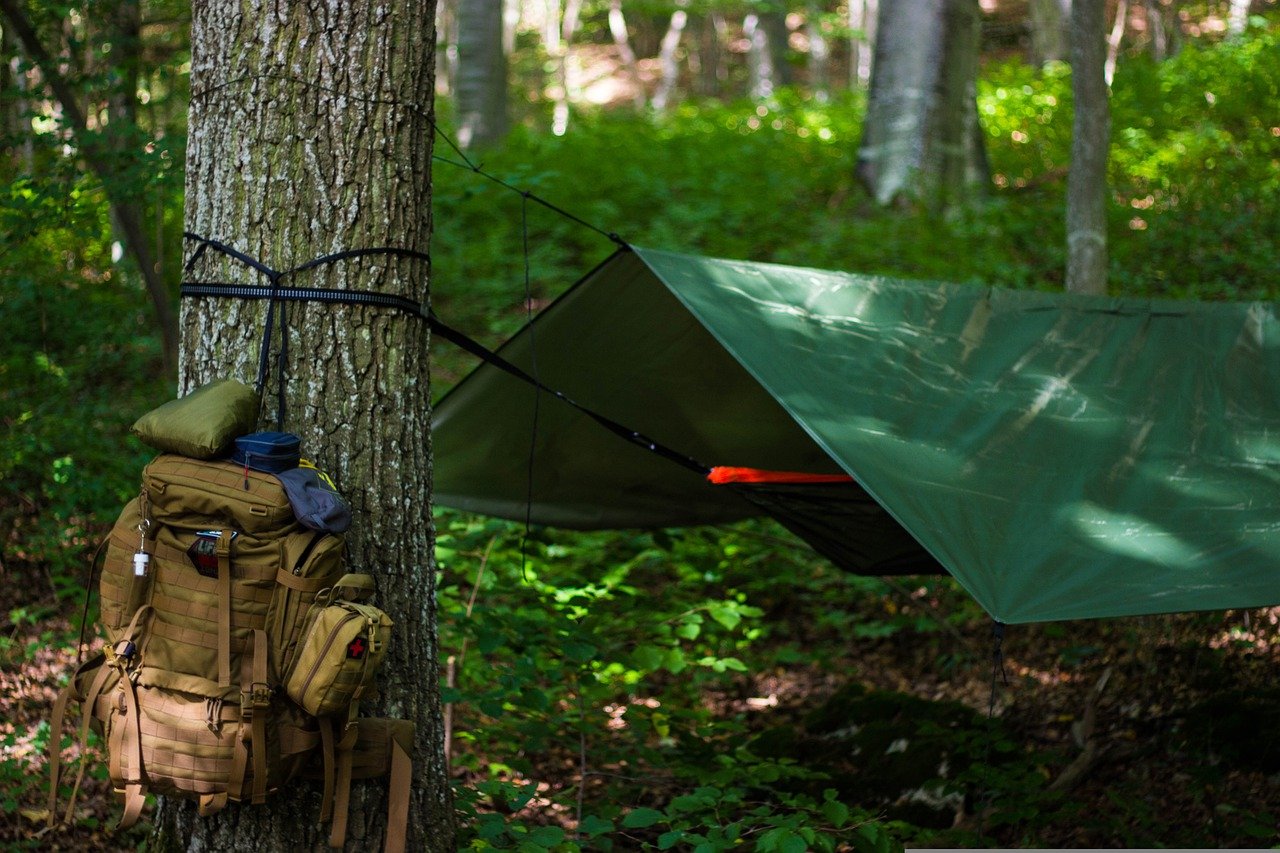
Outdoor by Uwe Mücke licensed under Pixabay
Rule out any injuries to yourself or others, and once sure of the presence of no injuries or impending threats, you'll feel in control and be better equipped to ensure your survival. Mistakes are often made when tensions run high, and anxiety takes over rational thought. These initial 5-10 minutes are crucial in achieving the right state of mind to conquer the challenges you'll face ahead.
Gather supplies and find shelter
The next step after gathering the senses is gathering the supplies. Most survivalists use the 5 C's + water rule. These are the Cutting tool - Combustion device - Cover - Container - Cordage, and water at minimum to have greater chances of survival. These six items are essential for survival as they would help you obtain food, shelter, and fire. All of which are essential in surviving a harsh environment.
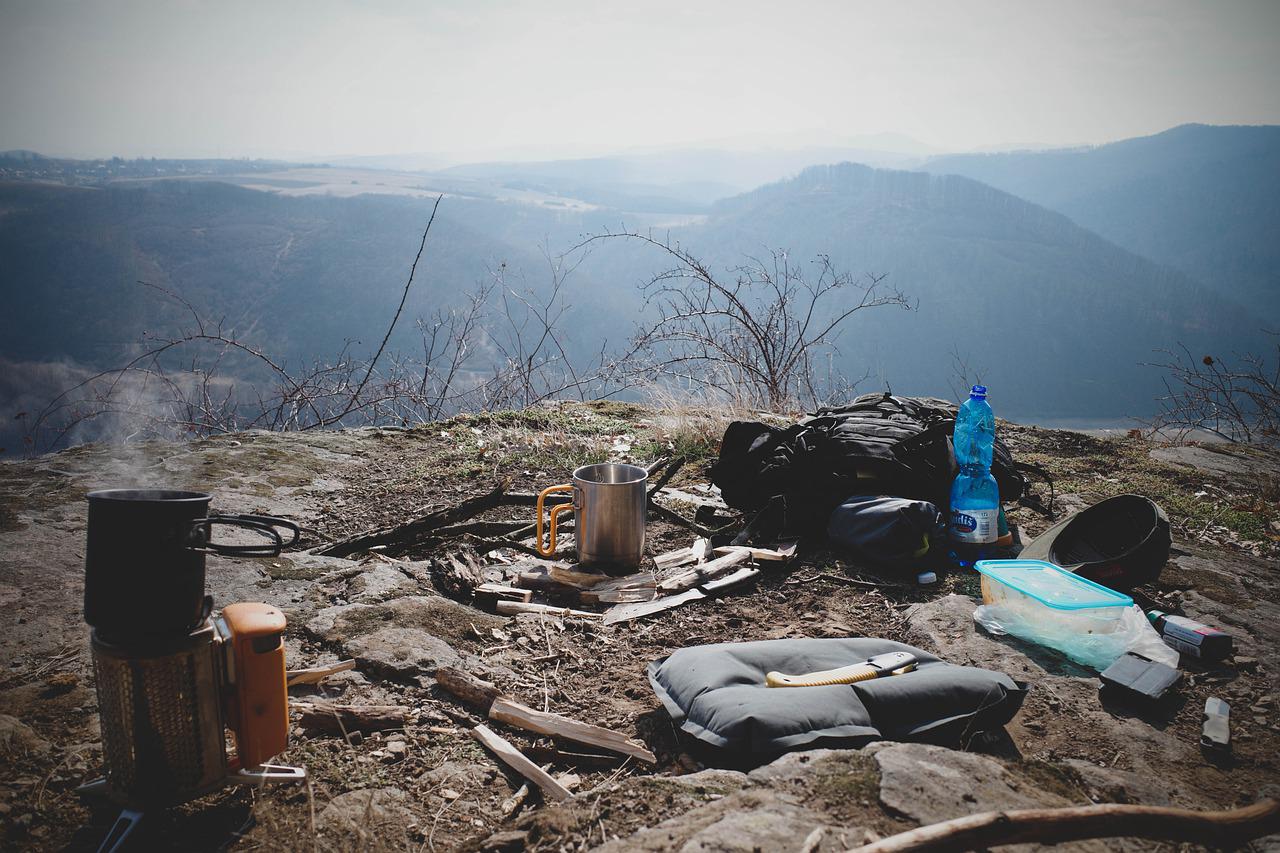
Campfire by Michal Renčo licensed under Pixabay
If your situation requires having to defend yourself, keeping a self-defense weapon will keep you alive. Carrying a licensed weapon is the best way to go. However, if it's not an option, creating a rod or spear from wood should be done to defend yourself while keeping danger at arm's length. Knives can be useful as well and should be kept on the person, but in a self-defense situation, something that creates distance between you and the danger is preferred.
Food and water should be rationed whenever possible and you should have at least three days of supply. If going on a hunting trip, keeping a few packs of MREs can be very useful. Finding shelter is as critical as food and water. If there's no shelter available, try fashioning one using tree branches, preferably between two trees to anchor it, and build a fire at night to stay warm and keep predators away.
Break the shape, kill the shine:
If in a situation that requires stealth and camouflage. The only principle to keep in mind is to break the shape and kill the shine. Utilized by militaries all over the world, the principle is to wear clothes that hide your body's shape and blend with the environment. These techniques are also employed by hunters to avoid prey from spotting them, and at the same time it can be used while hunting for food.
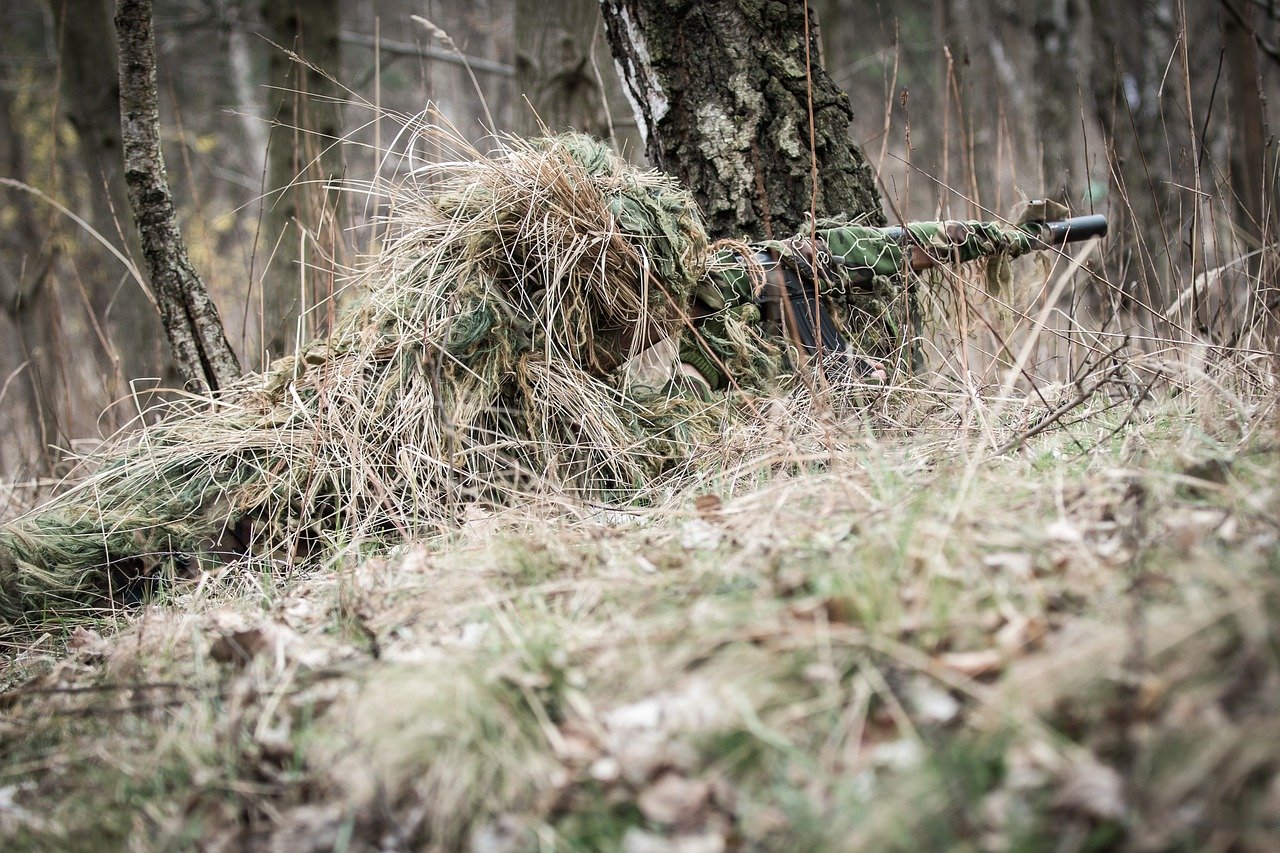
Soldier by tprzem licensed under Pixabay
The clothes should be comfortable and should not reduce mobility. If you are carrying any weapon or silverware that shines, cover it with mud in certain places to kill its shine while making sure not to damage your equipment. Clothes that hide the body entirely are preferred as it keeps the mosquitos away. Survival in the jungle is against the enemy you can see and also against the tiny organisms you can't see.
Find water source:
Once all the above has been achieved, finding a water source should be the next target. A water source is necessary not only for your body, but for your food as well. The best way to find food is by looking at the freshwater streams. These are great sources for fish, which is an excellent source for food. The shelter you made should be close to a water source but not close enough that you can be targeted, looted, or injured. Placing the shelter almost a mile or half a mile away from the water source is better than being sheltered right on it.
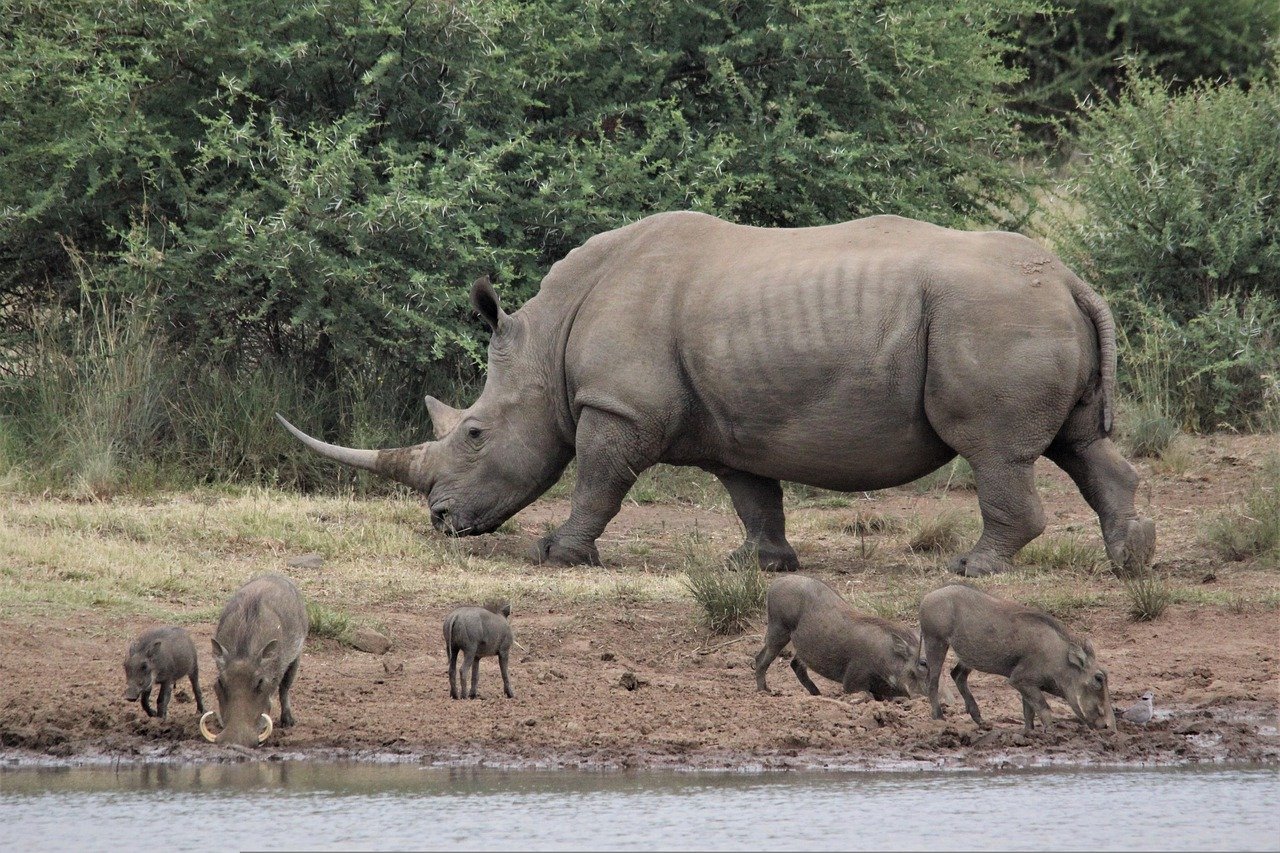
Water Source by Nel Botha licensed under Pixabay
In an urban environment, you can buy water from supermarkets and general stores. However, if in the wild, you might need to travel and search around. It can also be collected from rain in the crevices of plants and leaves, and keeping a few water purification tablets in your bug-out bag is beneficial in this situation.
Start a fire:
Starting a fire is a tedious step but one that is paramount for survival. The fire should be lit at night and be close to the shelter. Avoid lighting a fire during the day if you want to keep your position hidden.
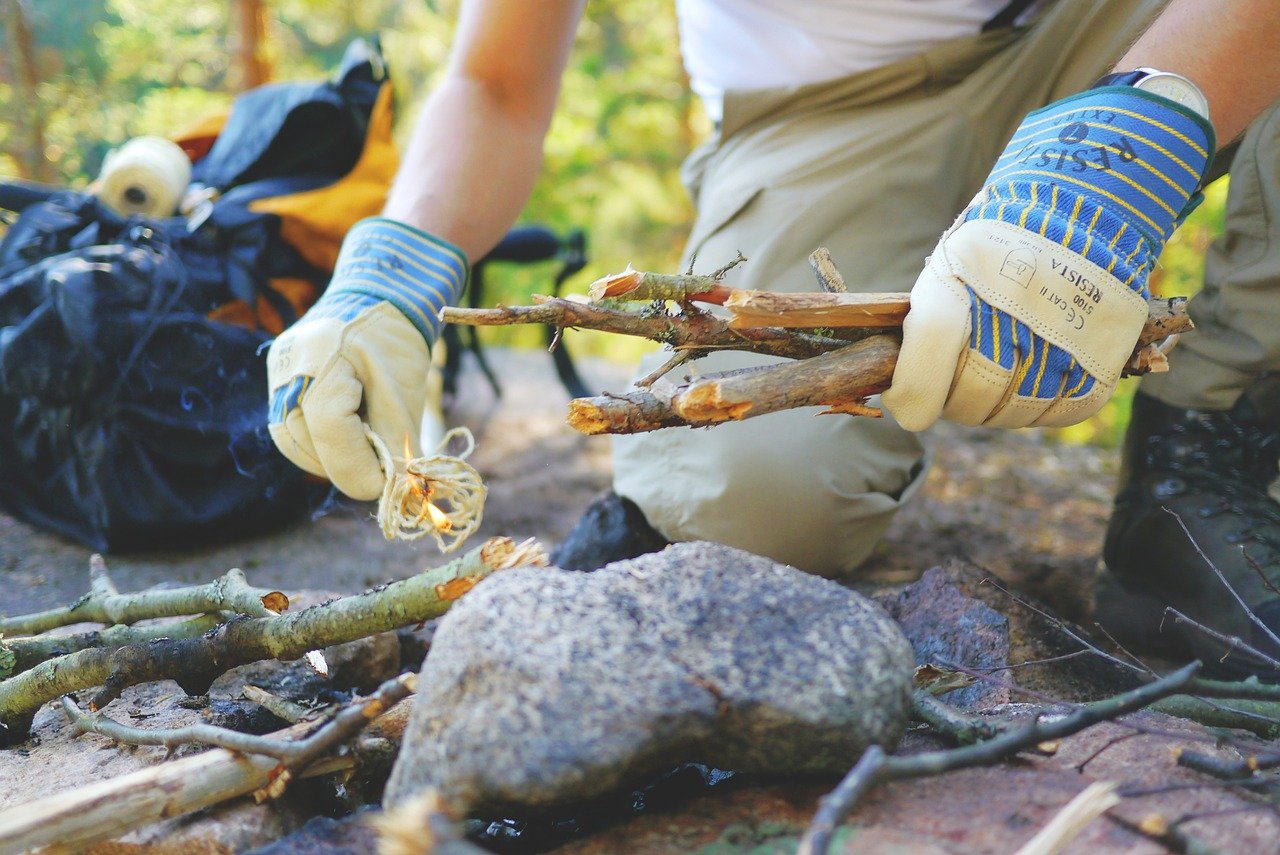
Campfire by LUM3N licensed under Pixabay
Learn and practice starting a fire using tools that you carry with you all the time. As situations vary, your circumstances will too. It's best to be prepared with the necessary skills to ensure survival with the bare minimum tools.
Signal for rescue:
Use all available means to signal for rescue. However, if you don't have any communication equipment, the rule to remember is the "rule of 3s" one example is that any signal used should be three times, whether it's a whistle or a gunshot. Use contrasting elements to stand out in the environment while trying to be rescued. Use clothes of bright colors tied to your signal, and fires also act as a good signal which can be seen from far away.
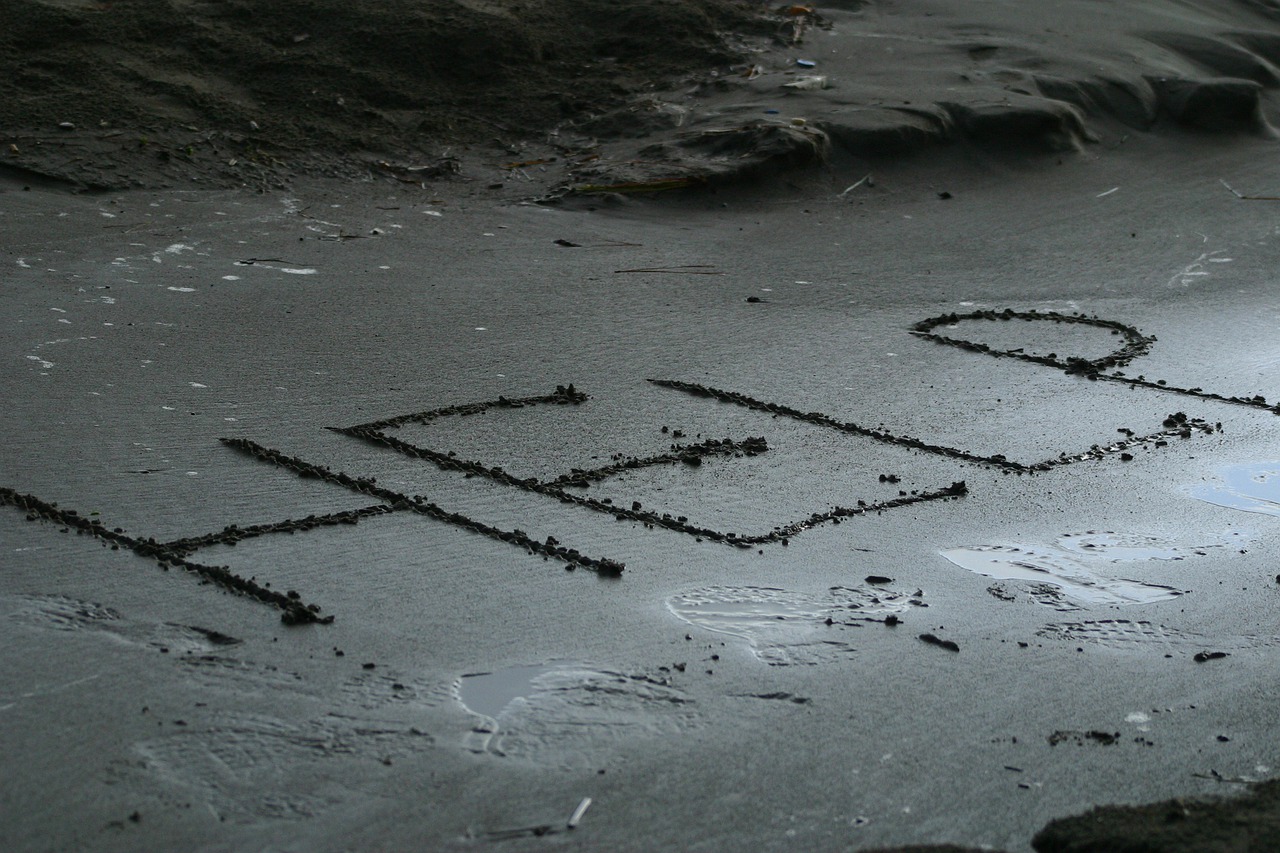
Help by aklifikritasarim licensed under Pixabay
Survival is a difficult concept. However, we have simplified it as best as it can be for you. The core concepts are the same in every kind of survival, but certain specialized aspects should be accounted for by you concerning your situation. There will be another article that talks about what you need in a bug-out bag that will ensure you have everything you need and are ready to go at all times.
Disclaimer:
This article was for educational purposes only and made in consultation with survival experts. However, circumstances vary from person to person, and it falls under the personal responsibility of every individual to be prepared for critical situations and read up on viability measures.
